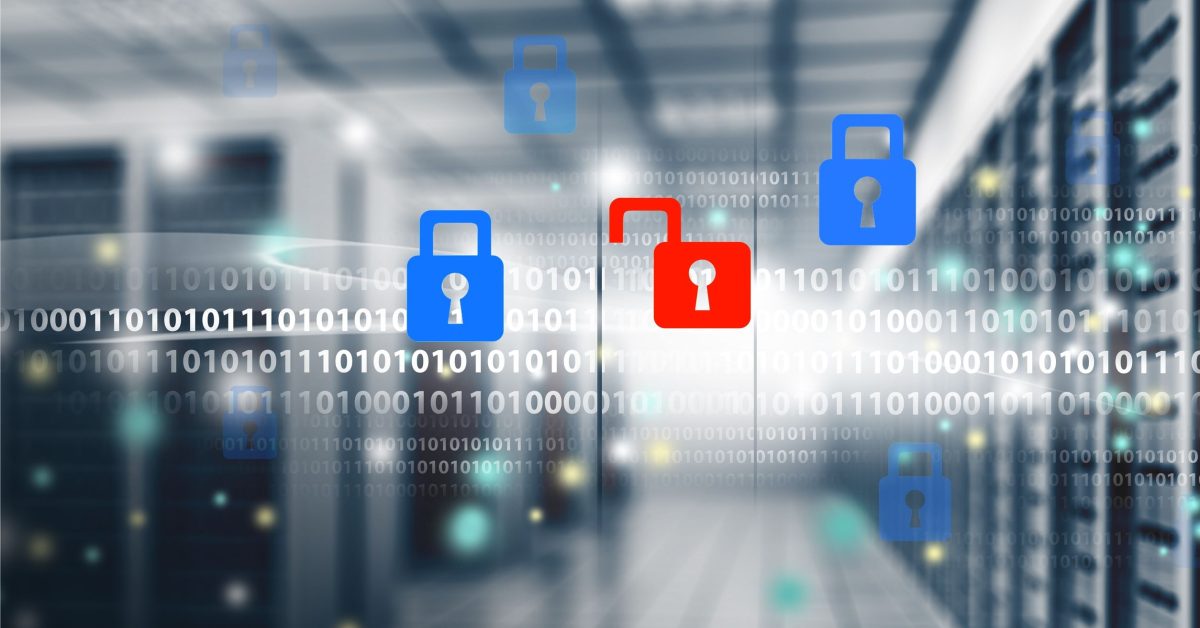Ransomware has troubled the internet since 2013 when the first known encrypting ransomware, called CryptoLocker, was first released. It soon expanded to include Cryptowall and TeslaCrypt, as well as locker ransomware which locks out the viewer from his own device. The delivery vectors of ransomware are the same as regular viruses – email attachments from sources you don’t recognize, malicious or compromised websites, suspicious downloads, etc.
What is ransomware, exactly? Typically, malware infects your computer; ransomware then either locks or encrypts your files until you agree to pay a ransom to unlock it. The best ransomware uses actual encryption and is very difficult to get rid of without paying the hacker.
The ransom usually has to be paid within 24 hours, and can threaten a business to pay thousands or even tens of thousands of dollars. If the ransom isn’t delivered – usually in the form of Bitcoin or through a MoneyGram – the ransomware destroys the encrypted files and your information is gone forever.
Learn more about how to protect yourself from cybercrime.
Mobile devices aren’t immune to ransomware. However, the threat may be reduced, since files like photos, emails, songs, and contact information are usually backed up in a cloud service. The data at risk is anything stored on an SD card instead of the cloud.
What NOT To Do
The message that the ransomware displays on your screen will make you think your only option is to pay the ransom – or have all your data permanently destroyed. Although it may be tempting, don’t ever pay the hackers to restore your files. First, you don’t have any assurance that the hackers will keep their end of the bargain once you’ve paid the money. And second, you don’t want to fund cyber crime.
When Cryptolocker was first launched, antivirus companies had their hands full trying to decipher the encryption, given the unique nature of the virus. Since then, they’ve been able to break the code on some of the ransomware encryption and rescue the data without triggering the self-destruct mechanism.
Although antivirus vendors have seen some success, new ransomware continues to affect users in real-time. Antivirus companies have no way to keep up with the magnitude of cybercrime. What’s a better solution?
The Necessity of an Advanced Backup and Recovery System
Hackers capitalize on people’s reluctance to fully back up ALL the information they have on their computers. A good backup and recovery system is a risk-free solution to protect your data from ransomware. You’ll be able to restore the last known, good copies of the encrypted files.
The JSI Vault by Just Solutions uses advanced technology for the backup and recovery system to prevent the loss of important company data. JSI Vault translates data from your server into virtual machine readable files and delivers them securely to the cloud – Google Drive, iCloud, Dropbox, OneDrive, Amazon Cloud Drive, etc. – which you can access both onsite and offsite.
If you’re ready to protect your network from the threat of ransomware, contact us and we’d be happy to answer any questions and help you protect your data. You can also sign up for our Executive Breakfast Seminar on November 2nd at 7:30am-9:30am, where we’ll be talking about “Ransomware – A 21st Century Pandemic.” We’d love to see you there!

